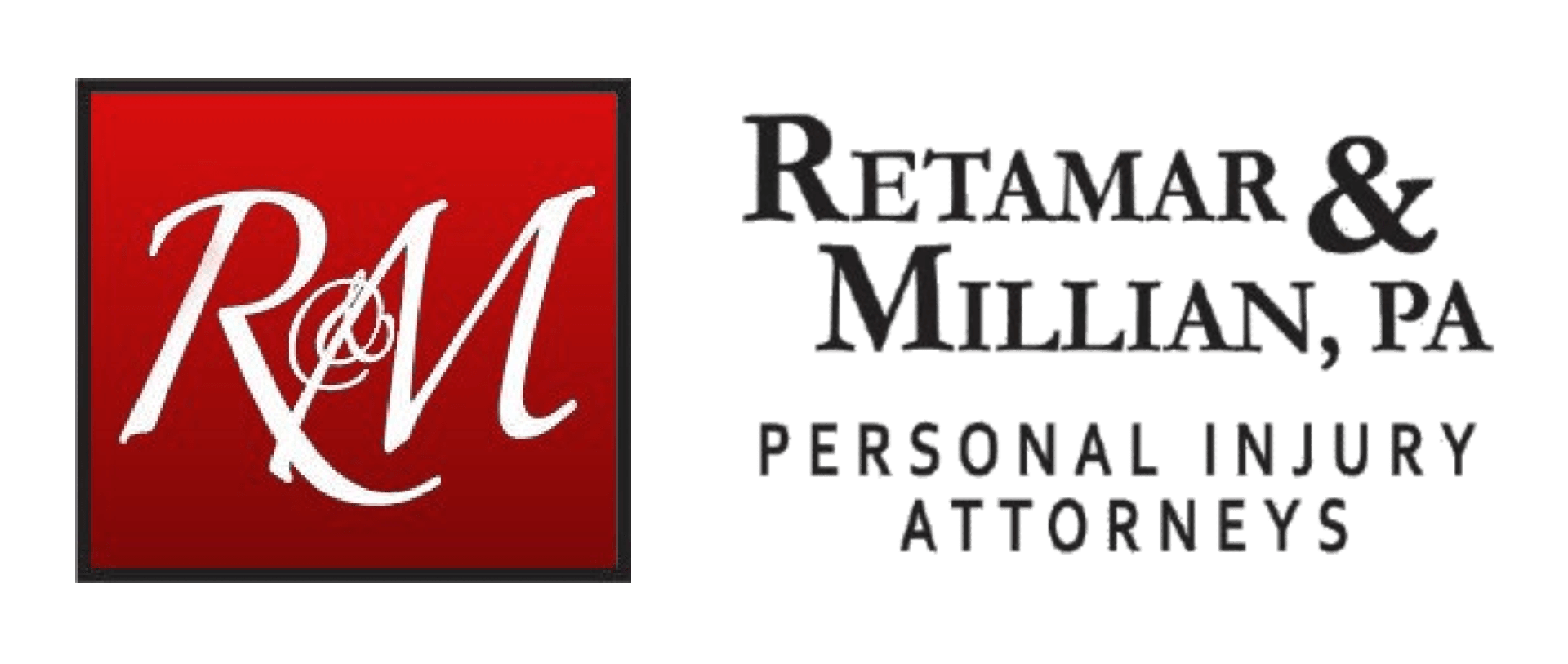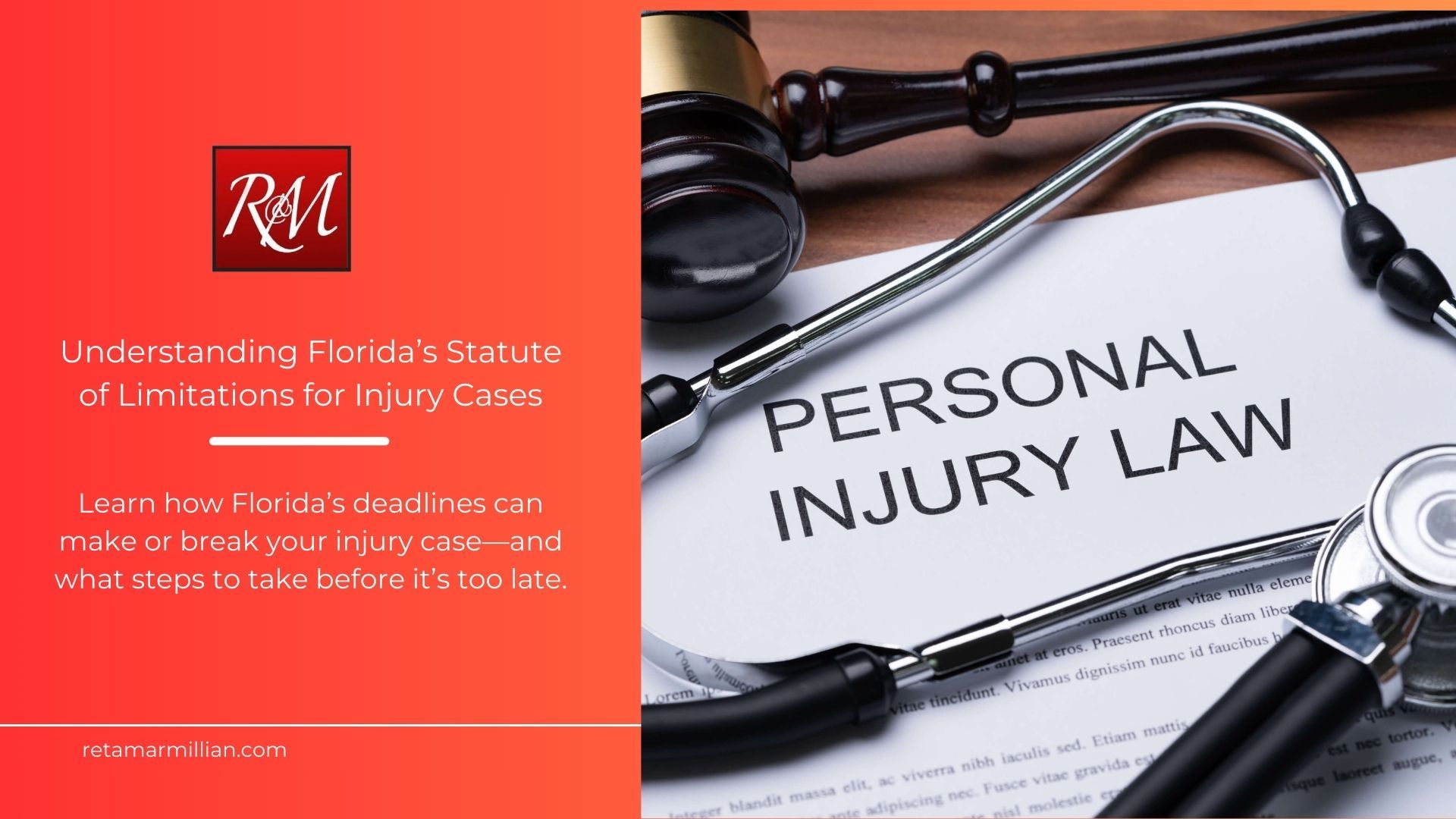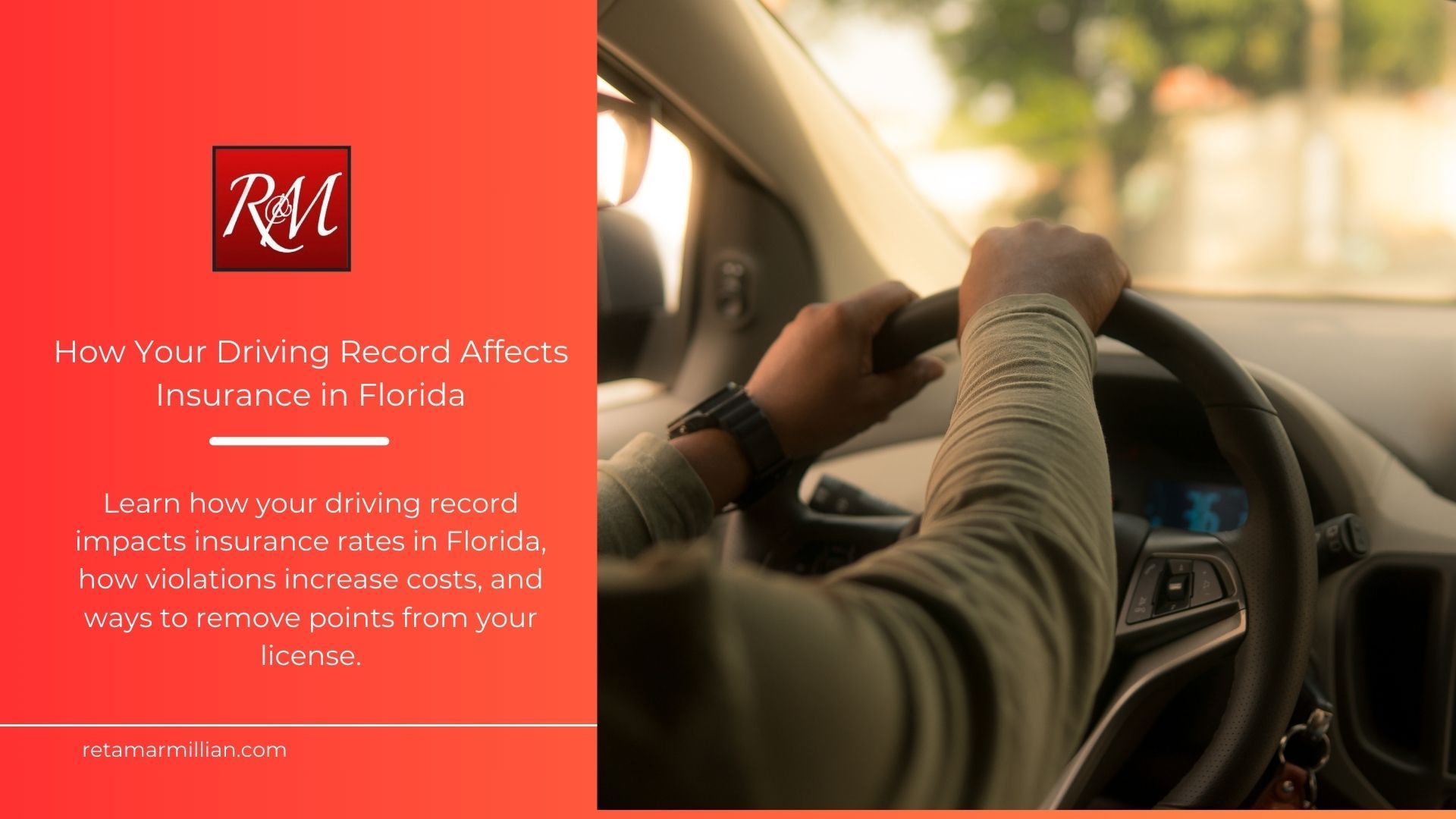What to Know About Property Damage Coverage After Being Hit
Understand How Property Damage Coverage Works When You've Been Hit in a Car Accident.

The Problem with Property Damage Coverage After Being Hit
Getting into a car accident is stressful, especially when you’re not at fault. Beyond the physical damage to your vehicle, the financial implications can feel overwhelming. Who pays for the repairs? What if the at-fault driver’s insurance doesn’t cover everything? Property damage coverage plays a crucial role in these situations, yet many people don’t fully understand how it works when they’re the victim. In this article, we’ll break down what you need to know to navigate the process and ensure you’re protected.
What Does Property Damage Coverage Include When You’re Hit?
If another driver is at fault for the accident, their property damage liability coverage should pay for damages to your vehicle and other property. Here’s what it typically includes:
- Vehicle Repairs: The at-fault driver’s insurance should cover the cost of repairing or replacing your vehicle.
- Damage to Structures: If the accident also damages your fence, mailbox, or other property, it should be covered.
- Rental Car Costs: Some policies will reimburse you for a rental car while your vehicle is being repaired.
- Personal Belongings: If items in your car, like a phone or laptop, were damaged during the accident, the at-fault driver’s policy may cover them.
If the at-fault driver’s insurance isn’t sufficient, your own insurance policy’s collision or uninsured/underinsured motorist coverage may step in to fill the gap.
How Much Does It Cost to Be Fully Protected?
While you can’t control the at-fault driver’s coverage, you can ensure your own policy provides adequate protection. Here are key factors to consider:
- Uninsured/Underinsured Motorist Coverage: This addition to your policy ensures you’re protected if the other driver’s insurance isn’t enough.
- Collision Coverage: This covers repairs to your vehicle regardless of fault and can be crucial if the at-fault driver lacks sufficient insurance.
- Deductibles: Your deductible is what you’ll pay out of pocket before your coverage kicks in. Higher deductibles lower your premium but increase upfront costs after an accident.
On average, adding these coverages may cost $10-$50 per month, but the peace of mind they provide is invaluable.
How Collision and Comprehensive Coverage Protect You
Collision and comprehensive coverage are essential components of a robust auto insurance policy, especially if the at-fault driver’s insurance falls short or they’re uninsured. Collision coverage pays for repairs to your vehicle after an accident, no matter who is at fault. Comprehensive coverage protects you from non-collision-related damages, such as theft, vandalism, or natural disasters. Together, these coverages ensure that your financial burden is minimized, even in the most challenging scenarios. Without them, you may face significant out-of-pocket costs if the at-fault driver’s insurance doesn’t fully cover your damages.
Understanding Diminished Value Claims
After an accident, even if your vehicle is fully repaired, its market value may decrease due to its history of damage. This reduction in value is known as diminished value. If you were not at fault, you might be eligible to file a diminished value claim with the at-fault driver’s insurance company. Here’s what you need to know:
Eligibility: Most diminished value claims apply when your vehicle was in excellent condition before the accident and is repaired using quality parts.
Proof of Value Loss: You may need to provide an appraisal or evidence of your vehicle’s pre- and post-accident value.
Limitations: In Florida, diminished value claims must be filed within four years of the accident. Additionally, these claims may not apply to older vehicles or those with extensive prior damage. It’s important to check with a local expert to understand how state-specific laws impact your claim.
Filing a diminished value claim can help you recover the financial difference between your car’s value before and after the accident, ensuring you’re not left with a long-term loss.
Why Sufficient Coverage Matters for Victims
After being hit, you shouldn’t have to worry about whether repairs will be covered. However, if the at-fault driver’s insurance falls short, you could face significant out-of-pocket expenses. Ensuring your own policy has adequate protection helps you avoid financial stress and focus on recovering from the accident.
Take Action on Your Property Damage Claim
If you’ve been hit in a car accident, understanding property damage coverage is critical. Don’t leave your financial well-being to chance. Review your policy, add coverage if necessary, and consult your insurance provider to ensure you’re fully protected. Being proactive now can save you time, money, and frustration in the future.
Contact Us Today for a Free Consultation
Accidents don’t follow a 9-to-5 schedule, and neither do we. Schedule a consultation at no cost—whether in person or over the phone.
East Florida:
Call us at
(954) 834-0404 or visit
685 E Hillsboro Beach Blvd, Deerfield Beach, FL 33441
West Florida:
Call us at
(813) 200-5894 or visit
2925 Alt 19 N, Suite B, Palm Harbor, FL 34683
Email: receptionist@retamarmillian.com



